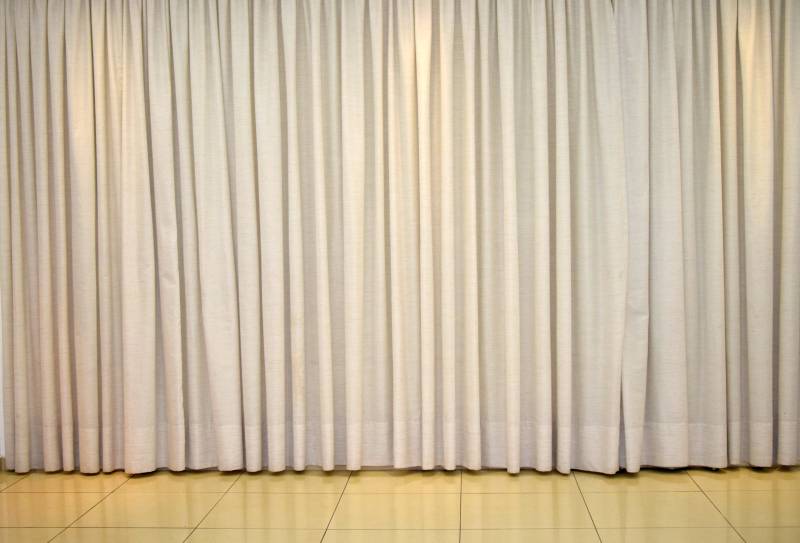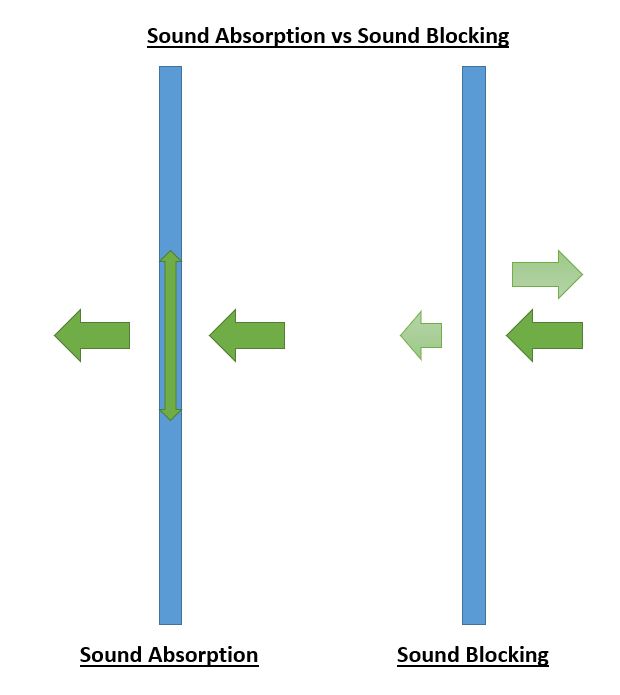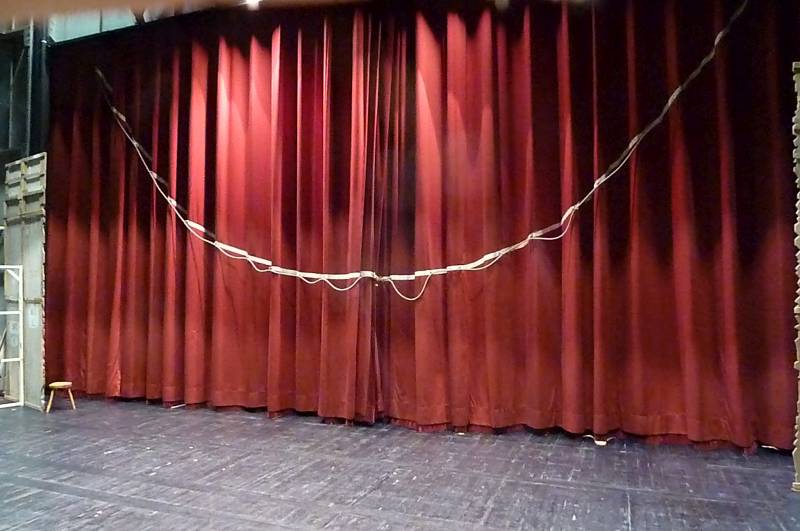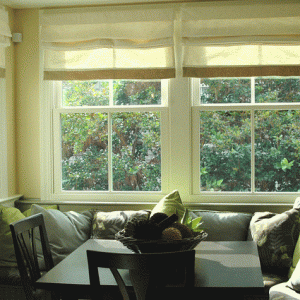No products in the cart.
Types of Sound Curtains

10
Sep
Due to their technical nature, there is often confusion about the different types of sound curtains on the market. Today, we wanted to clarify some of those differences. There are many synonyms for the same types of curtain, but two main differences out there. Be sure to watch for the key ratings – STC & NRC.
Types of STC Rated Soundproofing Curtains vs Sound Absorbing Curtains
In a nutshell, the biggest difference is the soundproofing curtains are heavy and dense, and sound absorbing curtains are light and fluffy. In any acoustic application, sound is reflected by dense heavy materials, and absorbed by porous materials. See how soundproofing curtains are misunderstood below, and determine what type of sound curtain you need for your project.
Also, soundproofing curtains, also known as STC rated curtains, have an STC rating, or Sound Transmission Class rating, while sound absorbing curtains have an NRC rating, or Noise Reduction coefficient rating. STC tells you how much sound a material can block, while NRC tells you how much noise a material absorbs. The main difference is that sound blocking and other STC rated materials prevent sound from transmitting between spaces, and NRC rated materials absorb sound waves within a room to reduce echo and noise levels within that same room.
-
Sound Insulating, Noise-Reducing, Sound-Blocking, and Soundproofing curtains – what’s the difference?

Sound Blocking STC rated curtains and Sound Absorbing curtains are very different. STC rated curtains actually deflect sound, and can prevent up to 80% of noise from passing through, especially if made from material such as mass loaded vinyl. Sound absorbing curtains absorbs the soundwaves that would otherwise bounce around a room and create echo, and turn that sound into heat energy, while the rest passes through the material.
In reality, these are all the same thing. The underlying principle is that these curtains reflect sound back toward its source of transmission. To do this, the sound curtain must be dense and heavy enough to block the propagating sound wave. To be a true curtain, it must also be light enough to remain flexible, and retract when needed.
In order to qualify as a soundproof curtain, the curtain should be independently lab- and field-tested for an STC value. The STC value, or Sound Transmission Class, is calculated by the transmission loss at many different frequencies (high pitches and low droning sounds) to give a single number average.
Well-built soundproofing curtains will achieve an STC of 20 or higher, and some very heavy versions will achieve an STC as high as 26.
Learn How Much Sound your Soundproof Curtain Will Block?
-
Sound-Absorbing or Acoustic Curtains
These curtains operate via a very different principle. By using a plush, light-weight and porous material, the curtains allow sound to be absorbed into the fabric rather than continue to reverberate or echo in the room. These will NOT block sound from coming into your room, but they will reduce echoes, which is important in some large homes. The porous material “traps” the sound waves inside, and they eventually dissipate into heat energy.
-
Sound Curtains and Sound Drapes
Whether sound-blocking or sound-absorbing, the difference between drapes and curtains remains – Drapes go all the way to the floor, while curtains end somewhere below the window sill. You can customize your soundproof curtain to any length that fits your home.

Remember that plush curtains, such as those made of velour or velvet, will absorb extra echo, but won’t block sound.
-
Other Types of Sound-blocking Window Treatments
- Roman Shades – a type of window covering or window treatment that stacks evenly when rolled up. This is difficult to achieve for soundproofing curtains, since the draw string must penetrate the soundproofing material (see the Featured Image above).
- Valance and Cornice – these are window treatments block view of the hardware at the top of the curtain or drape. Valances are soft, typically made of the same material as the curtain, while cornices are rigid shapes
- Blinds – these differ from shades in that they are horizontal slats, while shades are a single piece of soft material
-
Blackout curtains
And finally, the ever-present blackout curtain debate! There are many blackout liners used in the industry to block light, and these are by and large effective. However, the only noise blackout curtains have an STC (Sound Transmission Classification) Rating which actually blocks sound. If a curtain does not have this designation, then it only absorbs echoes or blacks out light, but will not do anything to block sound from coming into your room.
Sound Curtains: Choosing the right Blackout or Soundproofing Curtain for Your Home
When reviewing curtains for your home, keep in mind the features you most need, since each feature often has additional costs built into it. There are many blackout curtains on the market, and most are effective at blocking light. When assessing a soundproofing blackout curtain, be sure to review for an STC rating which will tell you how much sound to expect it to block.
See Our Soundproofing Curtains Here
Header Image Courtesy of Kerry Ann Dame
Summary

Article Name
Types of Sound Curtains
Description
Explore the various types of acoustic and soundproofing curtains in the marketplace - from curtains designed to absorb echo to those built to block noise.
Author
Walker Peek
Publisher Name
Residential Acoustics
Publisher Logo

